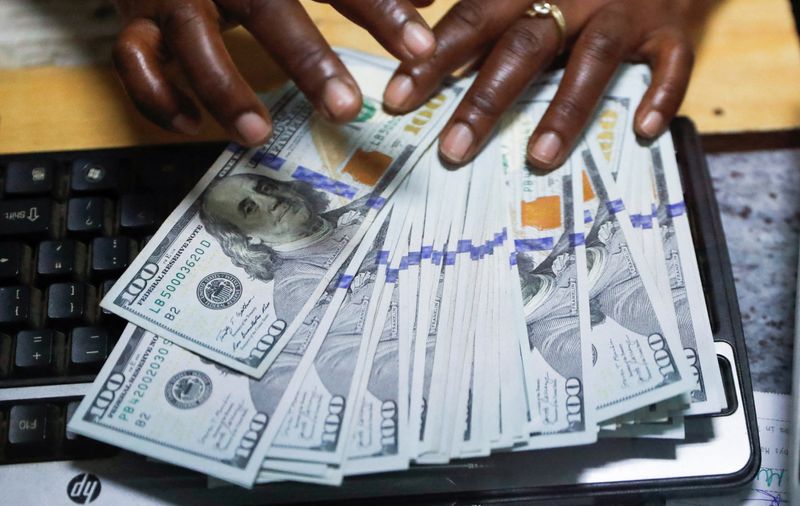United Homes Group stock plunges after Nikki Haley, directors resign
Investing.com -- The dollar surged Monday after suffering a months-long pummeling at the hands of trade-war anxiety, but now even as Washington’s biggest tariff battles move into rear-view, relief for the battered currency isn’t likely as a potentially less hawkish Federal Reserve is now the main threat.
“Any further USD weakness is more likely to come from the Fed easing faster than the market expects than from broad risk-on sentiment driven by the ebbing of trade war risk,” Standard Chartered (LON:STAN) strategists said in a note Monday, adding that “the good news on trade deals is close to fully priced in.”
All Eyes on the Fed After Trade Relief
The barrage of trade deal headlines—covering everything from the U.S.–EU and Japan frameworks to progress with emerging markets—has tamped down the market’s worst fears. That’s already left its mark on the dollar: “Last month’s USD weakness likely reflects market relief that the worst trade outcomes are unlikely,” the bank said. But with the edge of market nerves dulled and little left for trade peace to deliver, attention shifts squarely to the Federal Reserve.
Fed Policy Now the Main Threat for the Dollar
Markets aren’t braced for fireworks at the July FOMC meeting, with “nothing priced for the 30 July meeting and 16bps of cuts…for the 16 September meeting.” But Standard Chartered warns the surprise risk lies in Chair Powell’s tone. He could signal more openness to rate cuts if trade inflation proves transitory: “The case for not cutting is not nearly as obvious as 0bps pricing and Fed rhetoric would suggest… Powell indicated at his mid-year Congressional testimony and at the ECB Sintra conference that the Fed would be cutting were it not for tariff-related inflation uncertainty.”
The strategists highlight that the divide among FOMC members has narrowed to just a debate over tariffs: “It narrows the gap between Fed hawks and doves to differences on the expected impact of tariffs, which is very debatable.” Doves like Governor Waller want to look past one-off price jumps, while Powell’s base case is that, absent tariffs, the Fed could be easing.
Jobs Data Looms: A Weak Print Could Tip the Dollar Lower
With most of the trade optimism baked in, economic data could take center stage—especially the next jobs report. Standard Chartered warns there is “far more downside risk than the consensus 109k would suggest.” A sharply weak payroll number, especially if it exposes public sector job loss or reflects the chilling effects of immigration policy on the labor force, could accelerate Fed cut expectations and deepen dollar losses.
Consensus: Dollar Weakness Not Over, But Don’t Expect a Rout
Despite the looming risks, the bank calls for only a “few months of modest softness.” There’s still fundamental resilience: “The USD may have another few months of modest softness, but we think the softness will be limited.” Any bigger slide likely hangs on a real Fed policy pivot, not further trade headlines.
